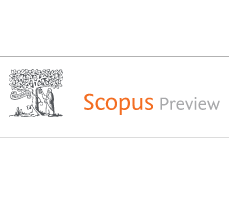Laser Powder Bed Fusion can be used to additively manufacture complex shapes directly from metal powder. Achieving reproducible component quality requires a homogenous powder bed. In this research, a recoater-based line sensor is used to acquire images of the powder bed with 6 µm/pixel resolution under coaxial, darkfield, and diffuse lighting conditions. Strategies for the provocation of various inhomogeneities are derived and used to compile datasets comprising the classes balling, incomplete spreading, groove, ridge, spatters, protruding part, scattered powder, and homogenous. A data pipeline is designed to extract image patches ranging up to 6 × 6 mm2 in size and from 6 µm/pixel to 96 µm/pixel in geometrical resolution. The resulting 45 data sets are used to train convolutional neuronal networks using the Xception architecture pretrained on ImageNet. The highest classification accuracy of 99.15 % is achieved for 6 × 6 mm2 patch size and 6 µm/px using the dark field lighting. Seven classes are classified with F1-scores between 97.85 % and 99.71 %. A gradual improvement of the geometrical resolution from 96 µm/pixel to 6 µm/pixel increases the classification performance while requiring smaller patches. This demonstrates the advantage of imaging systems with increased resolution compared to presently utilized camera systems.
Pour en savoir plus : Document details – Monitoring of the powder bed quality in metal additive manufacturing using deep transfer learning

